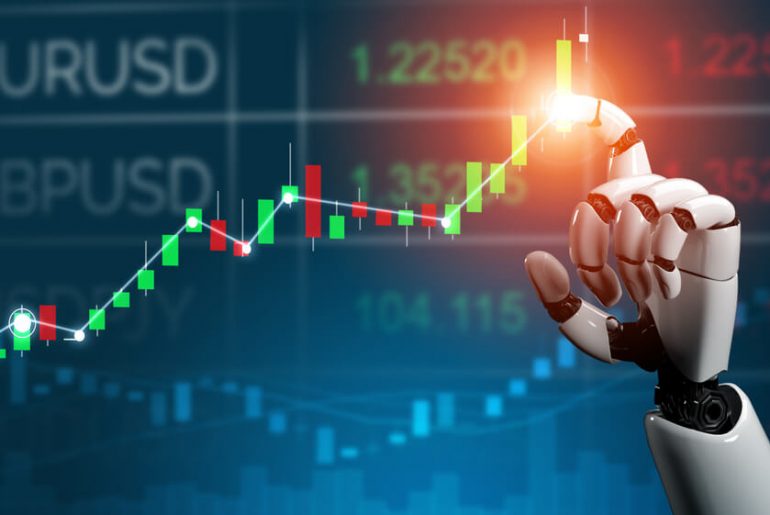The digital age has led to a true revolution in the financial world, with automation as its main driving force. Among the most notable innovations are trading robots, also known as trading bots or Expert Advisors, and automated strategies that allow both large investors and ordinary traders to maximize profits and minimize risks.
With the growing popularity of cryptocurrencies, crypto robots have also emerged, automating the processes of buying and selling digital currencies. Thus, crypto robots have opened up new opportunities for traders in this rapidly developing market.
No matter which market you choose for trading, it’s worth embracing the benefits of progress. So let’s take a closer look at the software for automated trading in the Forex and crypto markets, learn how trading robots, crypto bots and automated trading in general have changed trading, and discuss the advantages and limitations associated with using these innovative tools.

Contents
- Trading Robots: Development History
- Advantages of Trading Robots
- Types of Trading Robots
- Trading Robot: Functionality and Setup
- Setting Up Trading Robots
- Technical Aspects
- Update and Support
- Limitations and Risks
- Choosing and Purchasing Trading Robots
- Top Trading Robots: Ranking
- The Future of Automated Trading
Trading Robots: Development History
The history of trading robots begins with the emergence of computer technologies and their gradual integration into the world of finance. Initially, exchange robots were simple programs capable of performing a limited set of operations based on predefined algorithms.
As computer technologies and algorithmic trading developed, trading robots became more complex and multifunctional. They began to use advanced mathematical models and machine learning to make real-time decisions, significantly increasing their effectiveness.
An important stage in the development of trading robots was the emergence of crypto robots. With the development of the cryptocurrency market, there was a need for specialized tools capable of rapidly responding to high volatility and unique features of this market. Bots for trading cryptocurrencies became the answer to this challenge, offering traders tools for automating the processes of buying and selling digital currencies.
Today, a trading robot is a computer program designed to automate the trading process in financial markets. This tool uses predefined algorithms and instructions to analyze market data, such as prices, volumes, and economic indicators, and based on this analysis, makes decisions about buying or selling financial instruments.
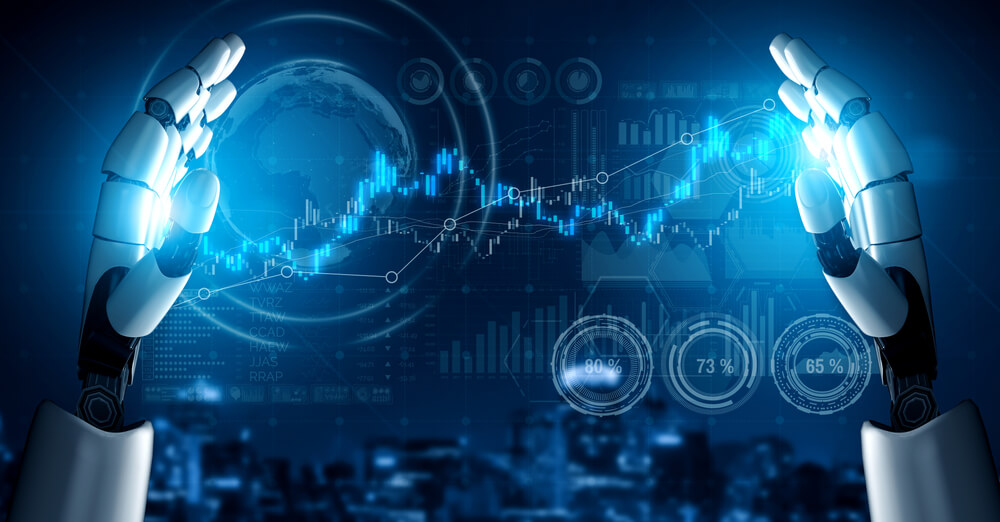
Advantages of Trading Robots
Using trading robots offers several advantages. This is especially true for robots trading on exchanges and Forex robots. Here are some of the key benefits they offer:
- Efficiency and Speed.
Trading robots can analyze vast amounts of market data in seconds, far surpassing human capabilities. They react quickly to market changes and execute trades at optimal prices. - Elimination of Emotional Factor.
One of the key advantages of automated trading is the elimination of human emotions from the trading process. Market decisions made by robots are based solely on data and predefined algorithms, reducing the risk of impulsive and erroneous actions. - 24/7 Trading.
The Forex market and the cryptocurrency market operate around the clock. Trading robots can monitor the market and conduct operations at any time of the day, which is particularly important in the highly volatile conditions of the cryptocurrency market. - Access to Complex Strategies.
Robots for trading on exchanges can implement complex and multi-level trading strategies, which are inaccessible or difficult for ordinary traders. This includes various technical indicators and models, as well as automated hedging and arbitrage. - Support for Beginner Traders.
Trading robots provide beginner traders with the opportunity to participate in trading without the need to deeply dive into the complexities of market analysis and trading strategies.
However, remember that despite all the advantages, using trading robots also comes with certain risks and limitations, which we will examine in the following sections.
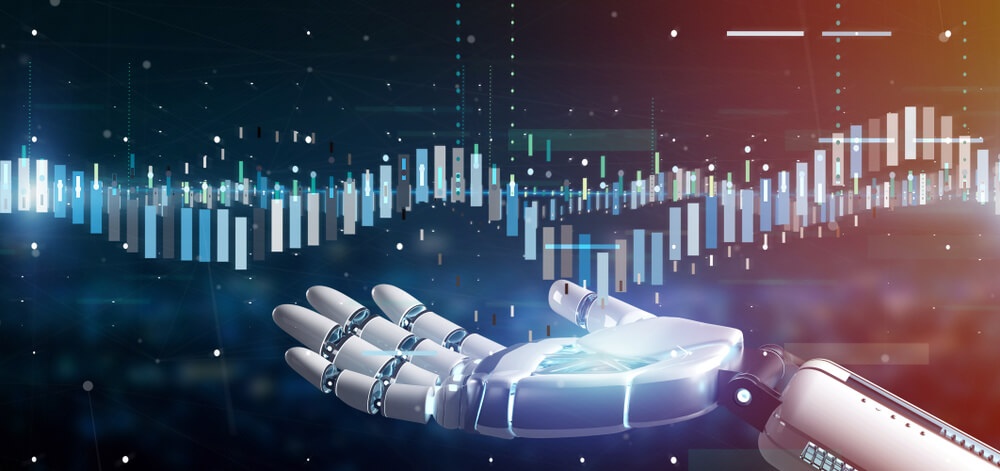
Types of Trading Robots
Trading robots vary based on the markets they target and their specific trading strategies. Let’s explore some key types of trading robots, covering both Forex and cryptocurrency trading:
- Forex Trading Robots (Expert Advisors/Forex Bots).
These robots specialize in the Forex market, characterized by high liquidity and round-the-clock trading. Forex bots analyze market trends, currency quotes, and economic news to automate currency buying and selling. Forex bots can use various strategies, ranging from scalping to long-term trading strategies. - Cryptocurrency Trading Bots.
Tailored for the volatile cryptocurrency market, these bots swiftly adapt to sudden price shifts. They may include automatic hedging and arbitrage functions, operating across multiple cryptocurrency exchanges simultaneously. - Algorithmic Trading Robots.
These robots use complex mathematical models to automate trading strategies. They can be configured to execute operations based on technical analysis, news signals, or other market indicators. They can be customized to various market conditions and your personal trading preferences. - Robo-advisors.
These beauties do not automatically execute trades but instead provide you with AI-powered recommendations based on market analysis. Forex advisors or crypto advisors can be integrated with trading platforms and offer strategic advice in real-time. - Arbitrage Robots.
Arbitrage robots search for and exploit price differences between exchanges or instruments. They automatically buy assets where they are cheaper and sell where they are more expensive, profiting from these differences. - Social Trading Robots.
These robots are based on copying the strategies of successful traders. Users can choose an experienced trader and automatically copy their trades to their own account.
Each of these types of trading robots has its unique features and is used depending on specific goals and trading conditions.
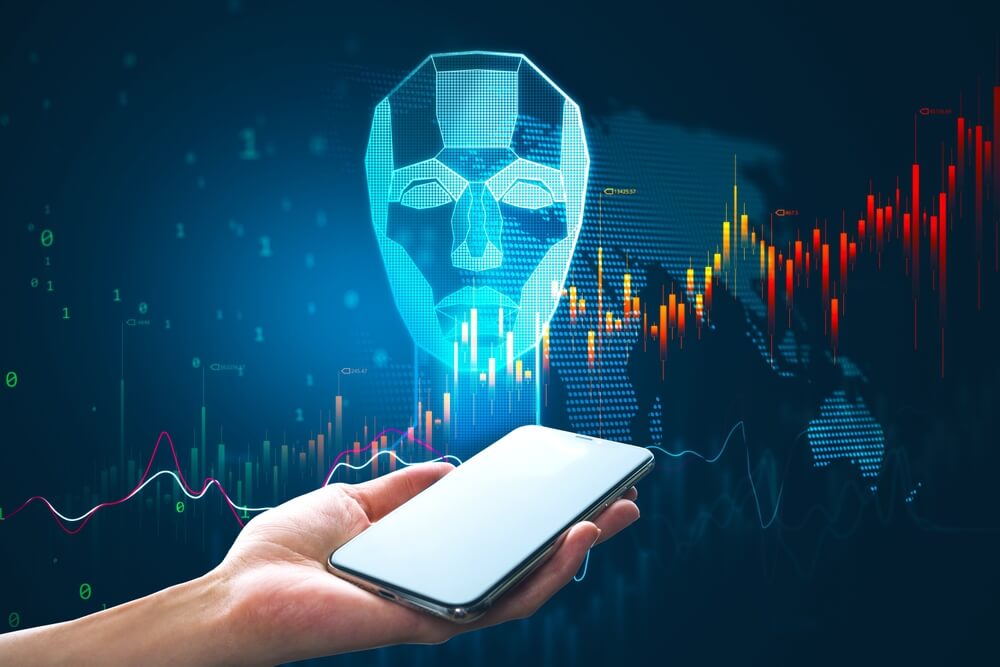
Trading Robot: Functionality and Setup
Trading robots are complex tools that can be configured to perform a variety of trading strategies. Let’s look at how they work and what needs to be considered when setting them up.
Setting Up Trading Robots
- Choosing a Trading Strategy. The first step in setting up a trading robot is to choose a trading strategy, which can be aimed at long-term or short-term transactions. The strategy can be based on technical analysis, news, or a combination of both.
- Trading Parameters. Trading robots allow you to adjust stop-loss and take-profit levels, position size, margin levels, and other risks and limitations.
- Testing and Optimization. Before launching on the real market, it’s important to thoroughly test the robot on historical data. This helps determine the effectiveness of the strategy and adjust parameters for improved results.
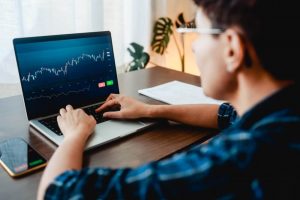
Technical Aspects
- Trading robots can be integrated with trading platforms through an API (Application Programming Interface), allowing them to send and receive trading orders directly from brokers.
- Some platforms, such as MetaTrader, provide their own tools for developing and testing trading robots. For example, the best trading robots for MetaTrader 4 in 2023 are:
- Forex Fury: Known for its reliability and prediction accuracy.
- 1000pip Climber System: Stands out for its accessibility and provides clear trading indicators.
- Forex Gump: Specifically optimized for MetaTrader 4.
- Forex Flex EA: Known for its innovative features and flexibility.
- GPS Forex Robot: A long-term used robot with a good history.
- Learn2Trade: A new system with high success ratings.
- Forex Diamond EA: A data-oriented robot with a long history of use.
- FX Fortnite: Suitable for new users and offers fully automated trading.
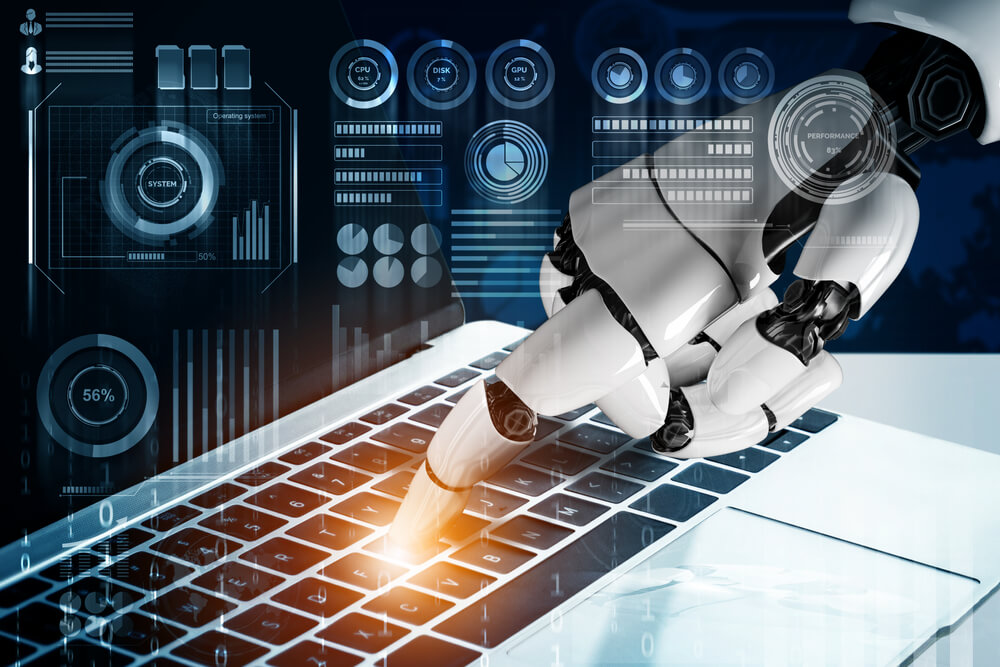
Update and Support
Market conditions are constantly changing, so it’s important to regularly update and adapt the strategies of trading robots. This may include changing algorithms in response to new market trends or economic events.
To use any trading bot, you need an understanding of market dynamics and the basic principles of trading. While trading bots can significantly simplify trading, remember that no robot can guarantee 100% success, and you should be prepared for potential risks.
Limitations and Risks
When using trading robots, don’t forget about the limitations and risks. Of course, these tools will significantly simplify the trading process, but bots are not without certain shortcomings:
- Market Instability and Volatility.
Markets, especially cryptocurrencies, can be extremely volatile. Therefore, trading bots don’t always adequately respond to sharp market fluctuations or unforeseen events. And this, my friends, can lead to losses. - Technical Failures and Errors.
Like any software, trading robots are subject to technical failures. A bug in the code, internet connection problems, or trading platform failure can lead to unwanted trades or loss of trading opportunities. - Algorithm Limitations.
Trading robots act based on predefined algorithms and cannot fully predict market behavior, especially in conditions of market uncertainty or when encountering unforeseen external factors that were not accounted for in their programming. - Psychological Aspect.
When using automated trading, some traders feel a lack of control over their investments. This leads to increased stress, especially during periods of high market volatility. - Risk of Financial Losses.
Despite their effectiveness in certain market conditions, trading robots do not guarantee profit. Using them, you are not 100% insured against losses, especially if you ignore risk management. - Dependence on Historical Data.
Many trading robots are based on the analysis of historical data, which is not always an accurate indicator of future market movements. - Need for Monitoring.
If you use automated trading, remember that trading robots require constant monitoring and adjustment of parameters according to changing market conditions.
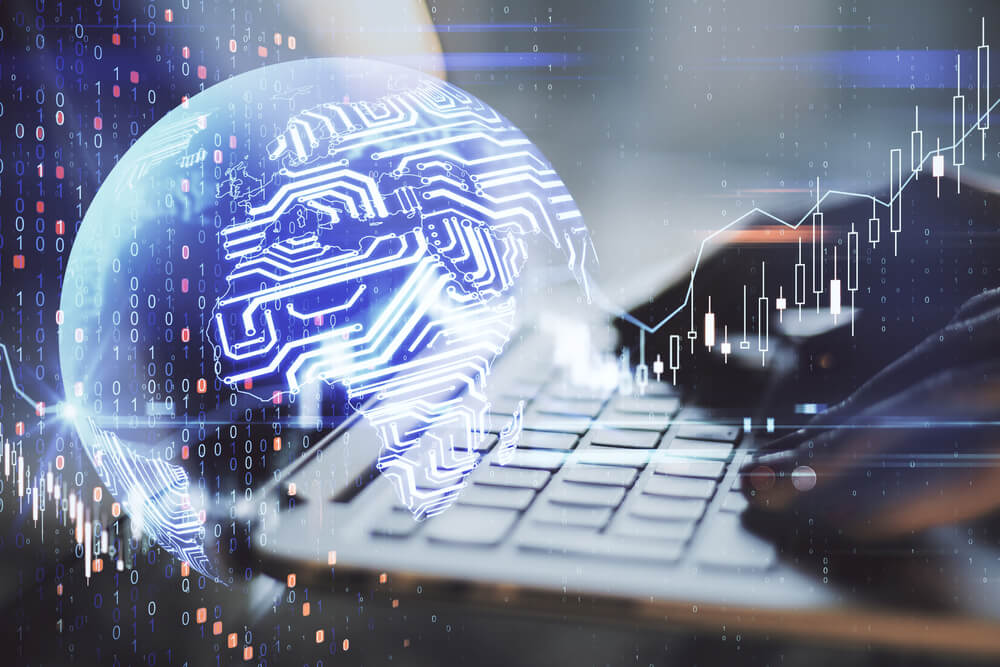
Choosing and Purchasing Trading Robots
Choosing and purchasing a trading robot is an important step for any trader. Here are some tips and recommendations to help you make the right choice:
- Define Your Trading Objectives.
Before purchasing a robot, determine your specific trading goals. Different robots are suitable for different strategies: short-term trading, long-term investments, scalping, etc. It’s not possible to get everything at once. - Research and Compare Robots.
Use user reviews to assess the reliability and effectiveness of various robots. Remember to check the sources of these reviews for their authenticity. Below, in the “Top Trading Robots: Ranking” section, I will introduce you to my personal top 5 bots for automated trading. - Backtest Before Purchasing.
Many developers offer demo versions or trial periods. Use this opportunity to test the robot to see how it works in practice. - Evaluate Cost and Price-Quality Ratio.
Is it worth buying a trading robot? This depends on its price and potential profitability. Compare the prices and functionality of different bots to find the optimal price-quality ratio. - Consider Risks and Realistic Expectations.
Remember, even the best trading robots do not guarantee stable profits. Always be prepared for potential losses and manage your risks. - Support and Updates.
Ensure that the robot’s developer offers reliable technical support and regular software updates to adapt to market changes. - Compliance with Regulatory Requirements.
Check whether the robot complies with regulatory requirements and legislation in your country, especially if it involves trading cryptocurrencies. - Use a Demo Account.
Before investing real funds, test your robot on a demo account to assess its performance without risking your own funds.
Choosing a trading robot is a process that requires careful approach and understanding of the market. Do not rely solely on automated systems; the best results are often achieved by combining automated trading with manual management and control.
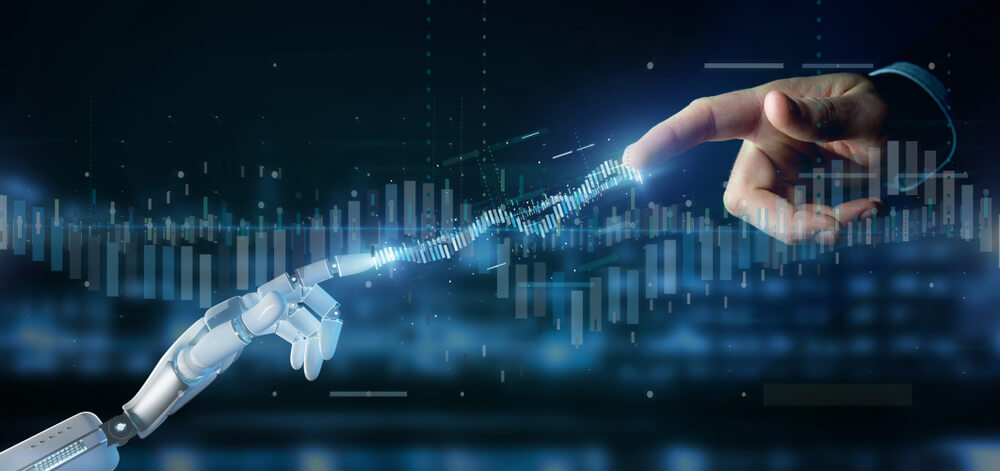
Top Trading Robots: Ranking
I have used various bots, and here is my personal ranking list:
- Forex Fury. A reliable and accurate forecasting bot. It is suitable for various trading strategies and works based on market data analysis.
- Forex Flex EA. A flexible and powerful robot that can be adjusted for different market conditions. It employs multiple strategies, including scalping and trend trading.
- WallStreet Forex Robot 2.0 Evolution. This bot operates based on data and indicator analysis, supporting trading both with and against the trend. It includes a risk management system.
- Forex Diamond EA. The robot uses algorithms and indicators to determine optimal entry and exit points in the market.
- GPS Forex Robot. This robot is designed for precise trading. It adapts to various market conditions to achieve stable profits.
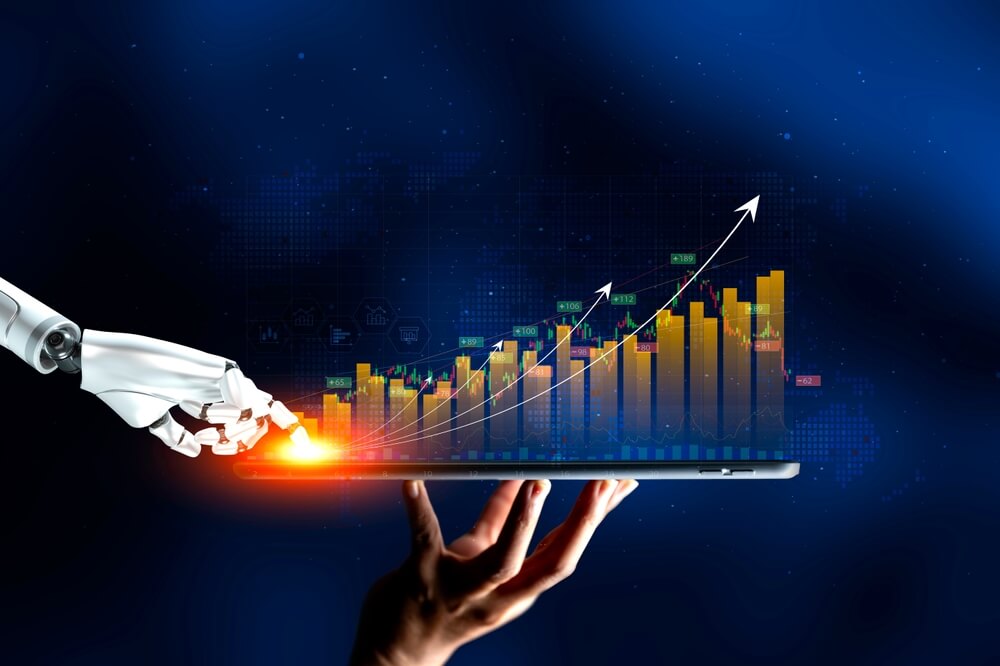
The Future of Automated Trading
Automated trading continues to gain popularity among investors and traders. These technologies are constantly evolving, offering new opportunities and prospects:
- Integration of Artificial Intelligence and Machine Learning.
The future of automated trading is expected to be closely linked to the development of AI and machine learning. These technologies will allow for the creation of more complex and adaptive trading algorithms capable of self-learning and predicting market trends. - Development in the Stock Market.
Trading robots will continue to play a significant role in the stock market, offering investors improved portfolio management and risk strategies. - Improved Access and Ease of Use.
Technological advancements will lead to the emergence of accessible ready-made trading robots. This will enable individual traders to compete more effectively in the market. - Regulation and Standardization.
As automated trading becomes more popular, there will likely be increased regulatory control and standardization, leading to greater transparency and safety for investors. - Expanded Analytical Capabilities.
The refinement of analytical tools will enable trading robots to deeply analyze market data, providing traders with more accurate and timely trading signals.
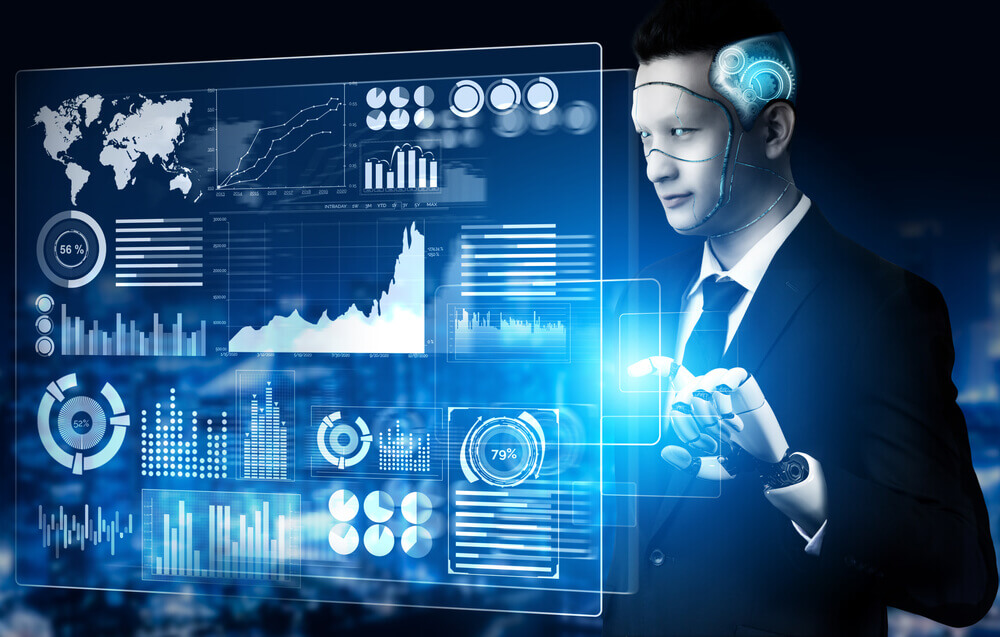
I hope I have convinced you that trading robots are powerful tools. Their use will improve the accuracy, speed, and efficiency of your trading transactions and reduce the emotional pressure in decision-making. However, it is important to approach the use of trading bots with an understanding of their limitations and potential risks. If your trading decisions are based on thorough analysis combined with manual management, you will surely achieve your goals. Good luck and big profits!

